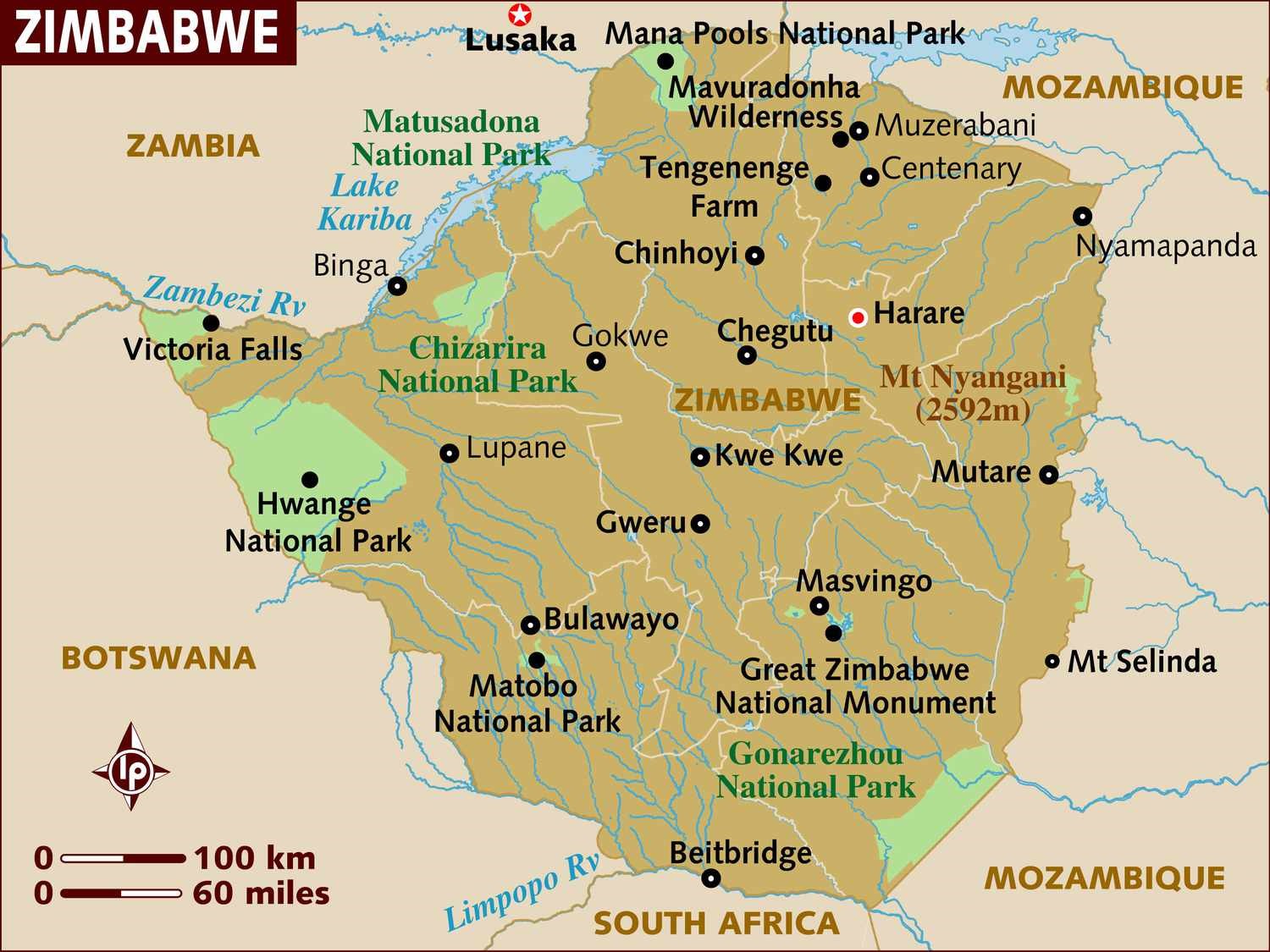Free Courses Sale ends Soon, Get It Now


Free Courses Sale ends Soon, Get It Now



Disclaimer: Copyright infringement not intended.
Context
Zimbabwe announced that it will construct its first utility-scale geothermal energy Independent Power Producer (IPP) and support the reduction of greenhouse Gas (GHG) emissions in the country, of which the energy sector is the highest contributor.
Details
Geography and Location
Historical Overview
Political Landscape
Major Rivers
Mountains and Highlands
Ecological Aspects
Water Bodies and Wetlands
Economy and Resources
Socio-Cultural Aspects
Challenges and Future Prospects
Conclusion
Zimbabwe, with its rich history, diverse landscapes, cultural heritage, and natural resources, has faced various challenges but holds immense potential for growth and development. Efforts toward economic stability, good governance, and leveraging its resources could contribute to a brighter future for the nation.
|
PRACTICE QUESTION Q. Consider the following statements regarding Zimbabwe:
Which of the statements above is/are correct? A) Only 1 and 2 B) Only 2 and 3 C) Only 1 and 3 D) 1, 2, and 3 Answer: C) |
© 2024 iasgyan. All right reserved